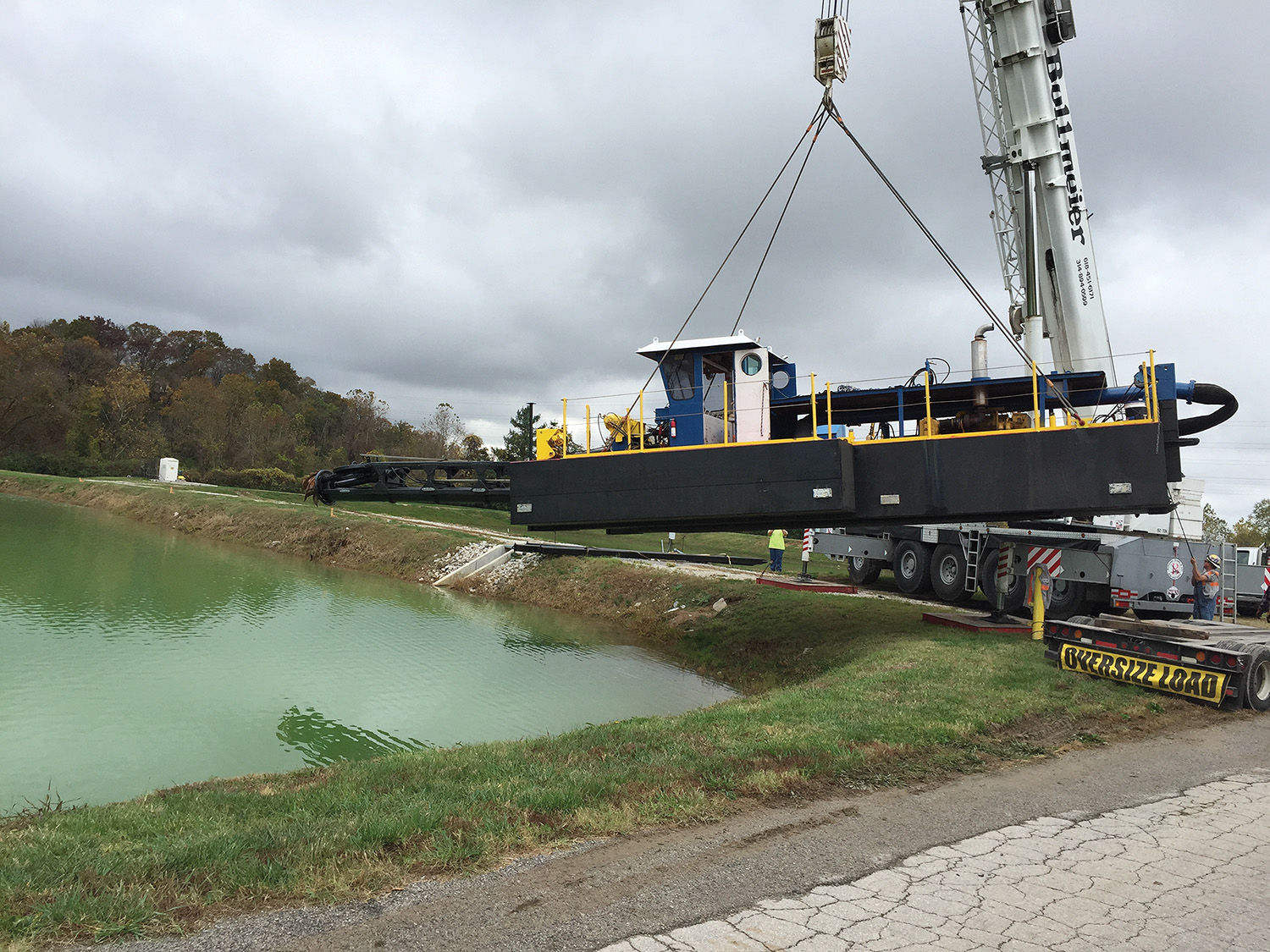

The dredge has difficulty handling side banks of hard-packed sand and consolidated clay material. The dredge is also restricted from continuous operation and excavates with less precision than other dredge types. A hopper dredge’s deep draft restricts it from use in shallow water, this including barge channels and piers.Their method of operation produces usable channel improvements almost immediately following the commencement of operations. Hopper dredges can move quickly to different projects and disposal sites, and represent the only type of dredge that can economically work in rough, open water.Typically, most hopper dredges have a direct pump-out capability for disposal in confined upland sites, as open-water disposal is often limited or forbidden. When fully loaded, hopper dredges travel to a disposal site to unload, this being accomplished through opening doors in the bottoms of the hoppers or by pumping the dredged material to upland disposal sites. Dredged material is sucked up the pipe and deposited in the vessel’s hoppers. The dredge’s suction pipes, dubbed dragarms, are moved along the channel bottom as the vessel moves. Hopper dredges are most effective when excavating loose, unconsolidated materials that form shoals following the completion of initial dredging.ĭuring operations, hopper dredges travel at a ground speed of 2 to 3 mph and can dredge in depths ranging from 10 feet to more than 80 feet, with dredging achieved via progressive traverses over an area. Hopper dredges are primarily used for maintenance dredging in exposed harbors and shipping channels, namely where traffic and operating conditions negate the use of stationary dredges. Small Class – Capacities of 500 to 2,000 cubic yards.Medium Class – Capacities of 2,000 to 6,000 cubic yards.Large Class – Capacities of 6,000 cubic yards or more.Known for its excellent maneuverability in rough open seas, these dredges are classified according to their hopper capacity: Fitted with twin propellers and twin rudders, this ship is adequate for free-running speed and dredging against strong currents. Self-propelled seagoing ships ranging in length from 180 feet to 550 feet, hopper dredges feature molded hulls and the lines of typical ocean vessels, along with sizable sediment containers, large centrifugal dredge pumps, and other specialty equipment.


Dredging is an excavation activity or operation usually carried out at least partly underwater, in shallow seas or fresh water areas with the purpose of gathering up bottom sediments and disposing of them at a different location. Vintage engraving of a 19th Century Steam Dredger.


 0 kommentar(er)
0 kommentar(er)
